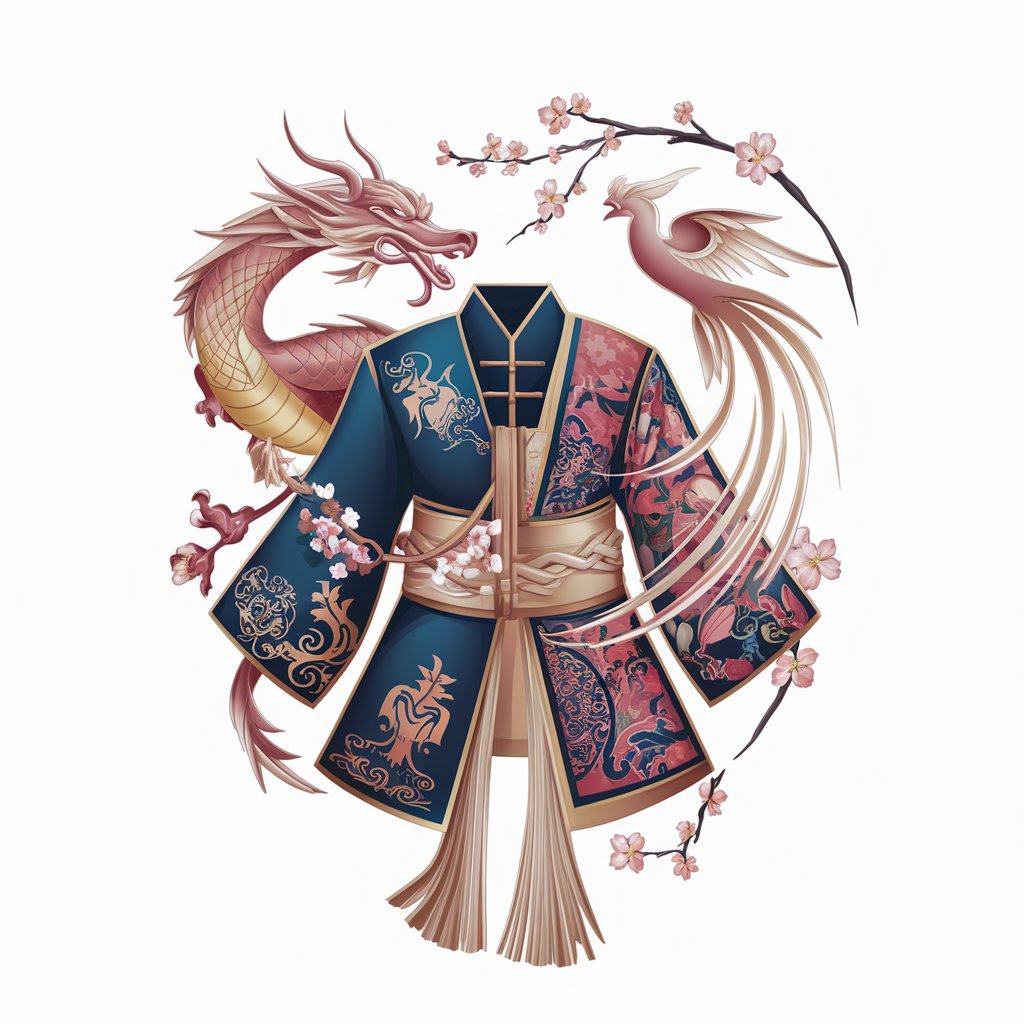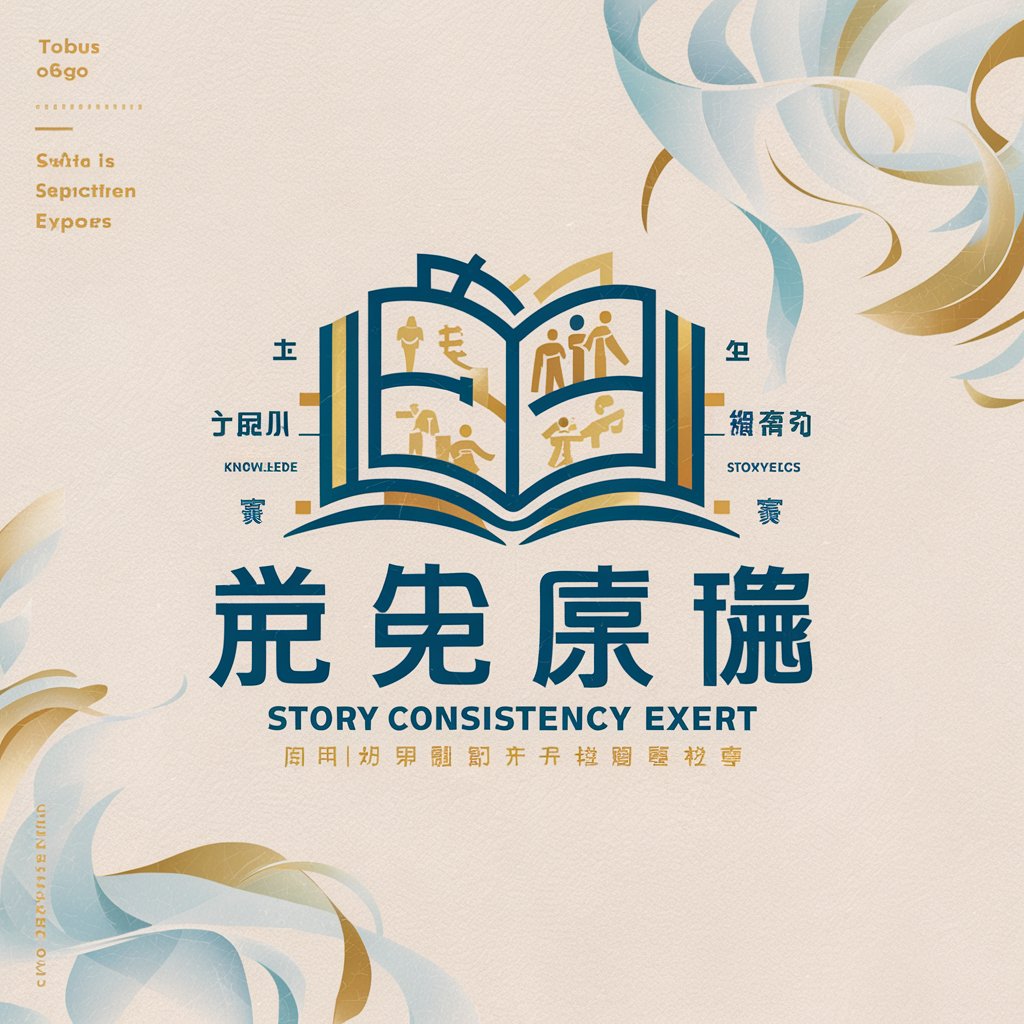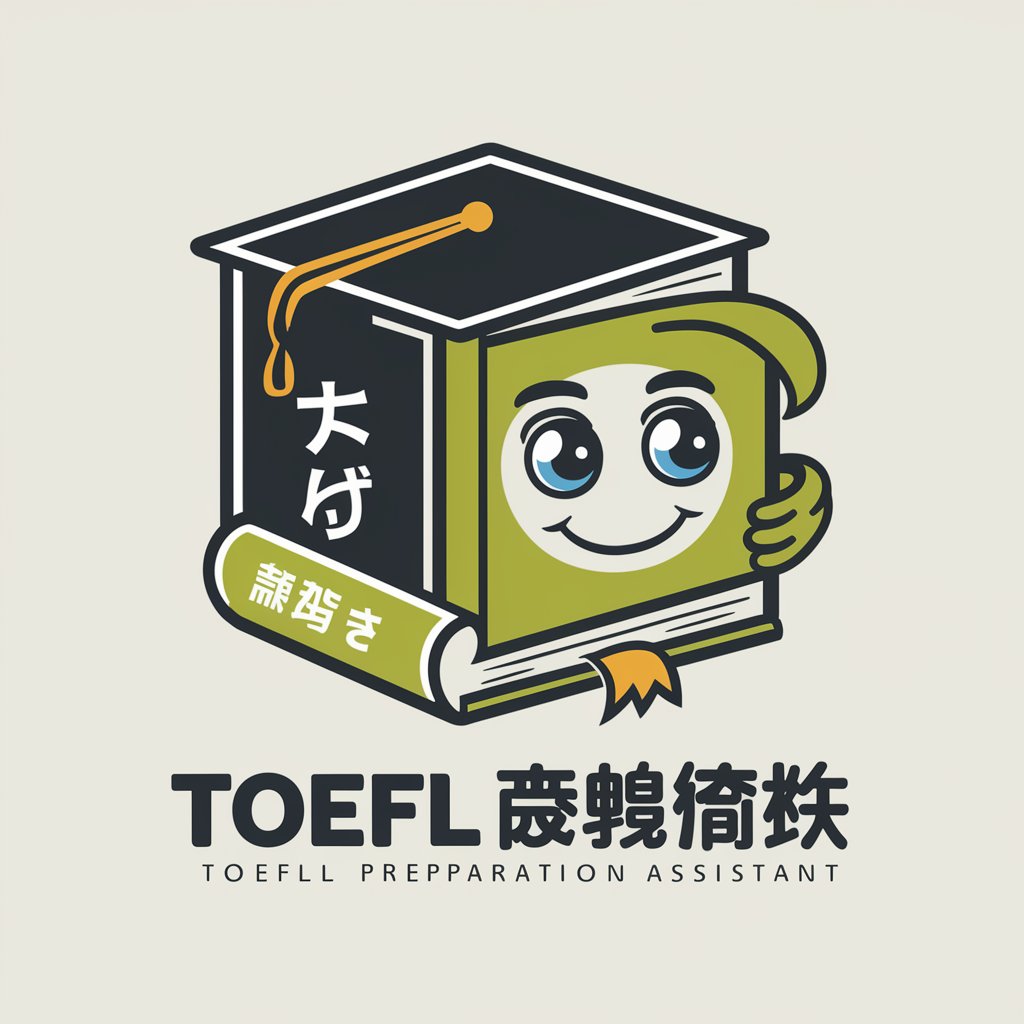
日风元素检测 - Detailed Costume Element Analysis

欢迎探索中日古风元素的奥秘!
Unveil the Ancient with AI
Analyze the traditional elements in this historical costume.
Compare the cultural motifs in these ancient garments.
Evaluate the authenticity of this traditional outfit.
Identify the key features of this historical attire.
Get Embed Code
Introduction to 日风元素检测
日风元素检测, or 'Japanese Style Element Detection', is a specialized service designed to identify and evaluate the presence of Japanese stylistic elements in traditional attire, particularly distinguishing between Chinese and Japanese historical costumes. This service focuses on analyzing specific aspects of traditional clothing, such as design, patterns, accessories, footwear, and fabric types, to assess their origins and stylistic influences. For example, when presented with an image of traditional attire, 日风元素检测 can determine whether the outfit is more aligned with Hanfu (Chinese traditional dress) characteristics or with those of a Kimono (Japanese traditional dress), based on features like the garment's cut, the width of the belt, the types of patterns used, and the style of accessories. Powered by ChatGPT-4o。

Main Functions of 日风元素检测
Stylistic Analysis
Example
Determining the stylistic origin of a traditional garment by analyzing its design and features.
Scenario
A museum curator uses 日风元素检测 to correctly identify and label the origin of various traditional outfits in an international exhibit, ensuring accurate cultural representation.
Element Identification and Scoring
Example
Identifying specific Japanese stylistic elements in traditional attire and providing a 'Japanese Style Index' score.
Scenario
A fashion designer utilizes 日风元素检测 to infuse Japanese elements into their new line of traditional-inspired modern clothing, using the index scores to balance cultural authenticity with contemporary design.
Professional Consulting
Example
Providing expert opinions and advice on the integration of traditional Japanese elements in design projects.
Scenario
A film production team consults 日风元素检测 to ensure the historical accuracy and authenticity of costumes for a movie set in both ancient China and Japan, receiving professional advice on how to visually distinguish characters from each culture.
Ideal Users of 日风元素检测 Services
Fashion Designers
Designers seeking to incorporate authentic Japanese or Chinese traditional elements into modern apparel would benefit from the detailed analysis and scoring system to maintain cultural integrity while innovating.
Museum Curators and Historians
Professionals in cultural preservation and education who require accurate identification and classification of traditional attire for exhibits, cataloguing, or research purposes.
Film and Theater Production Teams
Teams needing to ensure the historical accuracy and cultural authenticity of costumes for productions set in historical or fantasy settings influenced by Chinese or Japanese cultures.

How to Use 日风元素检测
1
Access the service freely at yeschat.ai, enjoying a trial without the need for login or subscribing to ChatGPT Plus.
2
Upload an image of the ancient costume you wish to analyze, ensuring the photo is clear and well-lit to enhance accuracy.
3
Specify any particular aspects of the costume you're interested in, such as fabric, pattern, or accessories, for a focused analysis.
4
Review the detailed breakdown provided by 日风元素检测, including the identification of any Japanese-style elements and their respective indices.
5
Apply the insights gained to better understand the cultural origins of the costume or to refine your costume design or research.
Try other advanced and practical GPTs
合同检查助手
Empowering Contract Clarity with AI

语法检查器
AI-powered German text refinement

苹果应用初学者向导
Empowering Beginners in Apple App Development

Story Consistency Expert
Ensuring narrative coherence with AI

基因叙事者
Crafting Genetic Narratives with AI

LoL GPT
Elevate Your Game with AI-Powered LoL Insights

检索头条gpts助理
Instant access to trending news powered by AI.

阁门检测
Empowering Valve Excellence with AI

TOEFLスコア向上委員会
AI-powered TOEFL Mastery for Japanese Speakers

TOEICスコア向上委員会
Elevate Your TOEIC Score with AI

菁益市调数据助手
Empower Decisions with AI Insights

敬愛大学 教職課程用 GPT
Empowering your educational journey with AI

Q&A About 日风元素检测
What is 日风元素检测 capable of identifying in a costume?
It specializes in identifying and distinguishing between Chinese and Japanese elements in ancient costumes, rating them on a scale to highlight Japanese influence.
How accurate is 日风元素检测?
Its accuracy depends on image clarity and the distinctiveness of the costume's elements. It leverages deep learning to provide precise analysis.
Can 日风元素检测 analyze modern fashion for Japanese influences?
While primarily designed for ancient costumes, it can identify Japanese-inspired elements in modern fashion to some extent.
How can I improve the analysis results from 日风元素检测?
For optimal results, provide high-quality images focusing on specific costume parts and offer clear details on areas of interest.
Is there a limit to how many images I can analyze with 日风元素检测?
While there's no strict limit, the free trial might have constraints. Continuous or large-volume analysis may require a subscription.